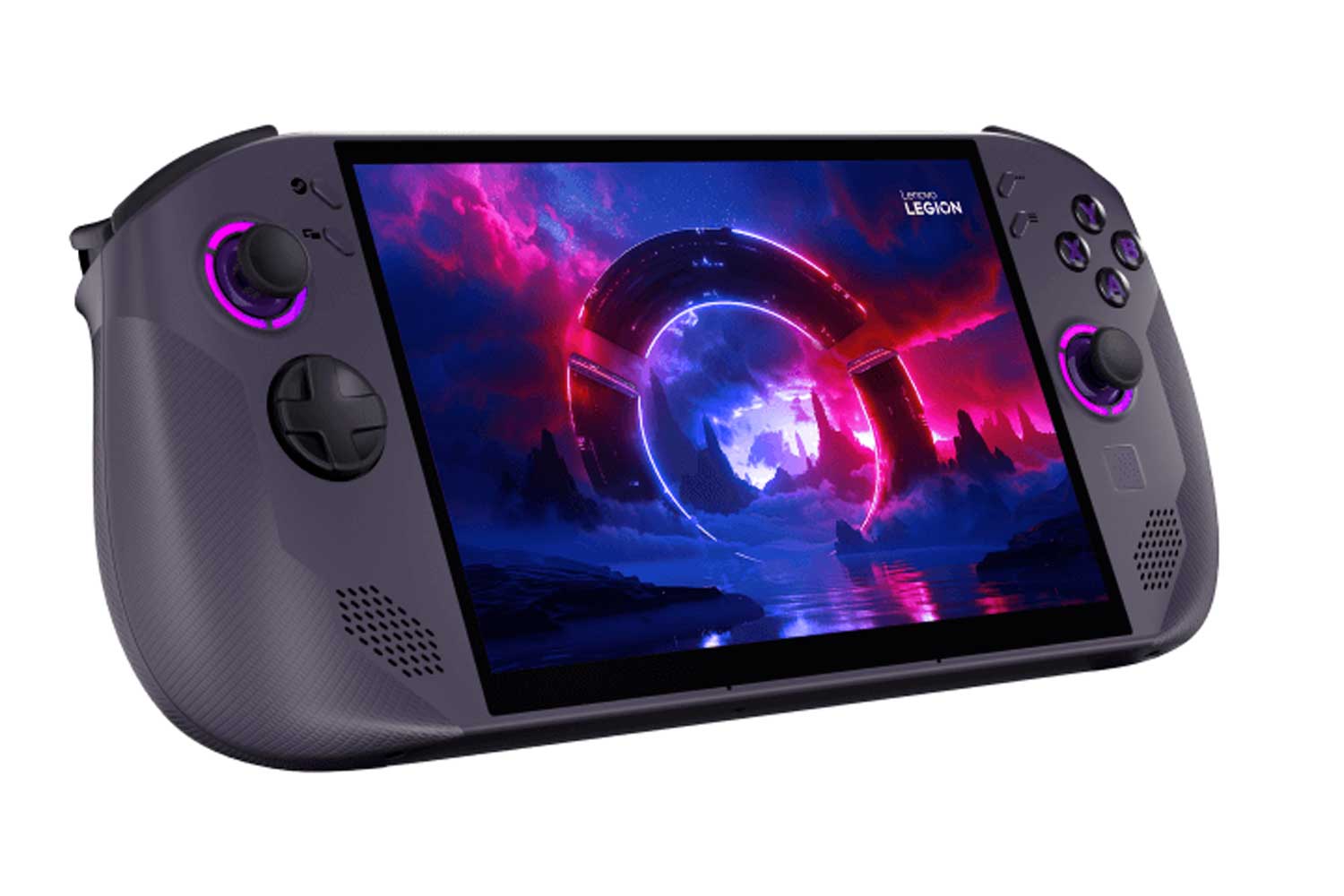Queen of the AI race, NVIDIA is multiplying its projects and has just presented the Jetson Orin Nano Super Developer Kit. Behind this name, which is somewhat barbaric for ordinary mortals, we find a development kit – or rather a mini-supercomputer – specialized in AI processing. The project has existed for years among the greens (2014 with the Jetson TK1) and is regularly renewed, until the Nano in 2019 and Orin Nano in 2022. As its name suggests, the latter now serves as the basis for this Super version which is an update with many improvements.
A powerful mini-PC for developers and AI enthusiasts
A bit like the Raspberry Pi, the Jetson Orin Nano Super is not a simple mini-PC capable of running your applications. It is intended more for tinkerers who wish to run generative AI locally, in a very compact format.
In addition to increasing performance, the new mini-PC significantly increases performance for AI applications. NVIDIA claims that these increase by 70% in certain generative AI use cases, reaching up to 67 TOPS of AI performance. For comparison, the old version stops at 40 TOPS and a Mac mini with M4 chip is capable of 38 TOPS. The new model also has 50% higher memory bandwidth, at 102 GB/s.
Subscribe to WorldOfSoftware
As our colleagues from the specialized site Hardware & Co explain, NVIDIA used a simple recipe for its Jetson Orin Nano Super: overclocking. A software update adds a 25 W profile to the mini-PC to increase performance, allowing the ARM CPU part (six Cortex-A78E cores) to gain 200 MHz to reach 1.7 GHz. Above all, the sleight of hand allows the GPU to almost double its frequency by going from 635 MHz to 1020 MHz. The Ampere generation iGPU has 1,024 cores and 32 Tensor cores.
The characteristics of the Jeston Orin Nano and Jetson Orin Nano Super:
| Characteristic | NVIDIA Jetson Music Nano | NVIDIA Jetson Orin Nano Super |
| GPU | Architecture NVIDIA Ampere
1,024 CUDA cores 32 Tensor cores 635 MHz |
Architecture NVIDIA Ampere
1,024 CUDA cores 32 Tensor cores 1 020 MHz |
| CPU | ARM Cortex A78AE v8.2 64-bit 6-core processor
1,5 GHz |
ARM Cortex A78AE v8.2 64-bit 6-core processor
1,7 GHz |
| Memory | 8 Go 128 bits LPDDR5
68 Go/s |
8 Go 128 bits LPDDR5
102 Go/s |
| Performance d’IA | 40 TOPS INT8 (scattered)
20 TOPS INT8 (dense) 10 TFLOP FP16 |
67 TOPS (scattered)
33 TOPS (dense) 17 FP16 TFLOP |
| Power | 7 W | 15 W | 7 W | 15 W | 25 W |
| Prix | 499 dollars | 249 dollars |
With such power, the idea is to integrate the mini-supercomputer into connected objects. It can serve as a basis for many AI projects and its performance is impressive, considering its consumption of 25 watts. If it does not replace a PC, it will delight tinkerers who wish to work on AI projects. As it stands, its power is not enough to run a full version of Gemini Pro or ChatGPT (like GPT-3.5 or GPT-4), but it can run smaller models or optimized versions of larger models.
NVIDIA splits its Price in half (and there’s a good reason)
NVIDIA is also seeking to make its kit accessible by offering it at $249, a reduction in half compared to the previous model ($499). A decision which aims to help the chameleon continue its march forward to remain the king of artificial intelligence. The year 2024 was particularly prolific for NVIDIA, which truly changed dimensions.
The decision to “cut” the price of the Jetson Orin Nano Super is also linked to the fact that this mini-PC does not evolve on the hardware level. It especially benefits from an update that NVIDIA will offer free to users of the old Jetson Orin Nano. The latter will be able to benefit from the same improvements with the 25 W profile, in addition to the 7 W and 15 W profiles. However, one might wonder why the brand waited before releasing its little kit.
NVIDIA partner, Palit took the opportunity to present the Pandora. The firm does not present it as a “mini PC” but rather as a “mini AI Hardware” and does not intend it for the general public. It is made for enthusiasts and developers, in several configurations (8 GB or 16 GB of RAM) which will determine the maximum TOPS speed. However, the price and availability remain unknown at the time of this writing.
For their part, gamers are waiting for CES 2025 to discover the new generation of graphics cards from the firm. The next RTX 5090 will be the spearhead of this new range.
🟣 To not miss any news on the WorldOfSoftware, , .




/cdn.vox-cdn.com/uploads/chorus_asset/file/24691054/236685_Amazon_Echo_Pop_JTuohy_0001.jpg)







